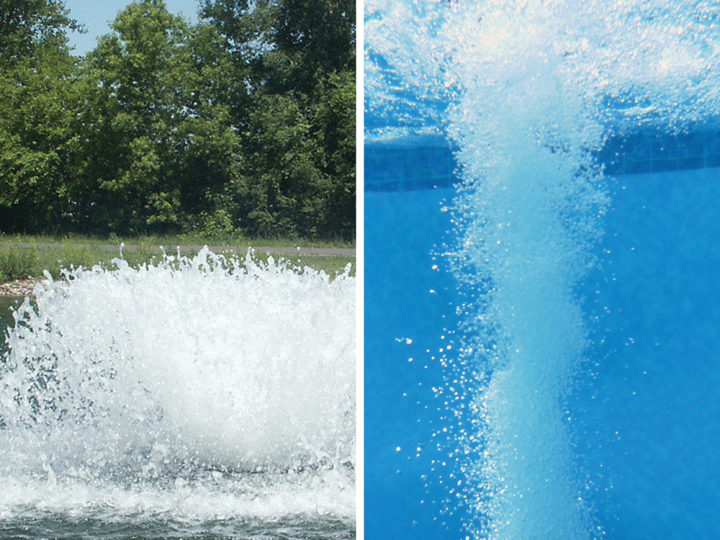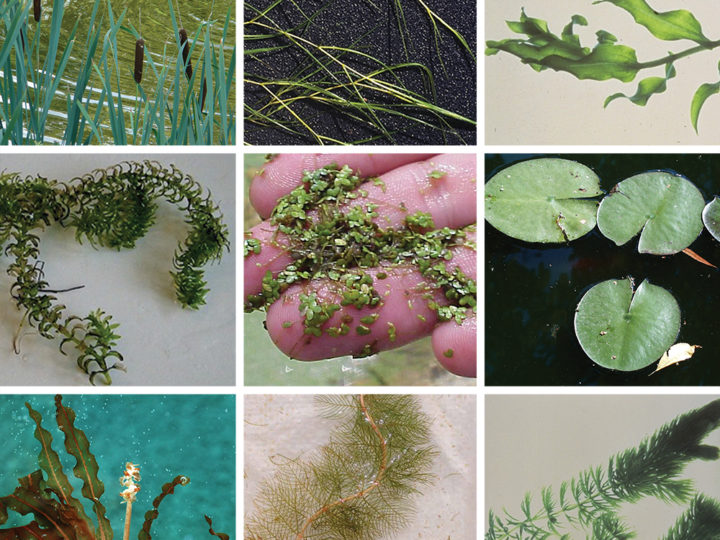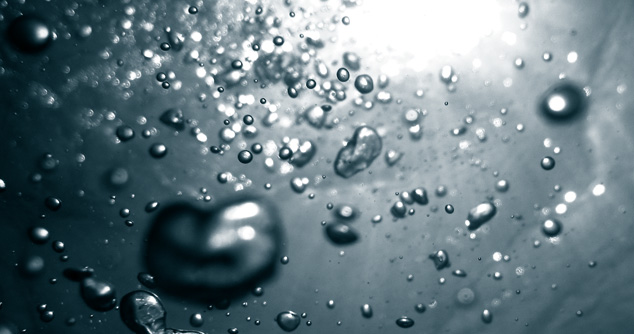
The Dynamics of Diffused Aeration
Installing aeration to a pond or lake is the single most valuable water management and water maintenance strategy that can be implemented. The movement of oxygenated water from the bottom up provides a long list of benefits to your water.
The older a body of water, the higher the organic muck load and the higher total oxygen demand (TOD). Put simply, ponds and lakes age. Aeration can stop and even reverse the effects of aging. Oxygen is the “fuel for the engine” that drives all biological and chemical processes in your water. Without oxygen nothing will decompose. All the fish waste, dead algae/plant material, leaves, etc. that fall to the pond bottom will only continue to build up unless there are sufficient oxygen levels to maintain aerobic bacteria colonies. These bacteria in turn accelerate the decomposition process and aid in the overall biological balance of a lake or pond.
Bubbling fountains and diffused air systems are commonly used to increase the natural levels of oxygen. The added oxygen, and equally important, the circulation created by these devices help to create a stable and productive ecosystem.

Fountains are a popular choice when decorative looks are desired, they float on the surface and spray water up into the air. As the water droplets fall back to the surface they pick up oxygen. Fountains also create surface ripples and circulation which helps control surface algae and duckweed, but do not contribute much in the way of deep ponds. Shallow ponds, where the sunlight reaches the bottom and wind action helps stir the water, may benefit most from a surface aeration system.

Deeper bodies of water will seldom have good oxygen all the way to the bottom. Diffused air systems utilize a shore-mounted air compressor that pumps oxygen through a hose to a special diffuser lying on the pond bottom. Since the bottom of the pond is where the most oxygen is consumed, it is an ideal way to deliver oxygen to where it’s needed the most. As the bubbles rise out of the diffusers they create a “lifting” or boiling action, which creates considerable circulation throughout the pond. This circulation helps to prevent water stratification.
Stratification
To help understand the concept of stratification, let’s take a look at these two graphics. The first indicates what occurs in a pond without proper water mixing and oxygen. The body of water can be broken up into three layers of oxygen content.
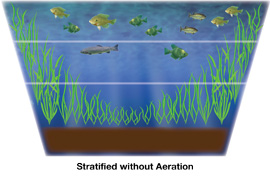
Epilimnion – The upper most layer of a stratified body of water
- Warm, typically oxygen-rich
- Recurrent surface scum
- Floating weed masses
Metalimnion – The middle layer of a stratified body of water
- Zone of decreasing water temperature
- Zone of decreasing dissolved oxygen
Hypolimnion – The pond or lake bottom that becomes uninhabited when stratified
- Zone completely void of oxygen
- Cold water temperature
- Accumulating organic muck
- Weeds prevalent
- Unusable by fish and all aerobic organisms
The second graphic illustrates a body of water that has become de-stratified by the boiling action of a diffused aerator.

- Uniform temperatures
- Uniform oxygen levels
- Fish can use the entire pond all year long
- Improved water clarity
- Reversed aging effects
- Improved natural pond bacteria populations
- Fewer aquatic weed problems
- Improved fish habitat
- Less organic material accumulation
- Protection from winter and summer fish kills
- An enhanced pond ecosystem
- Reduced surface scum build-up
- A better swimming and recreation area
Aeration Coverage
The amount of surface area an aeration system will effectively cover is greatly dependent on two factors – depth and shape. The deeper an air diffuser is located, the more boiling action it will create and a larger area will be aerated.
Example: Our PA34 pond aerator would aerate only 1/8 of an acre if operated in 4′ deep water, while aerating up to 11/2 acres if operating in 16′ – 20′ of water.

The chart below shows how much surface area is effectively aerated per each basic aeration kit from EasyPro.

Pond shape affects the amount of diffusers needed. Irregular or odd shaped ponds may require multiple diffusers to adequately aerate entire water column.
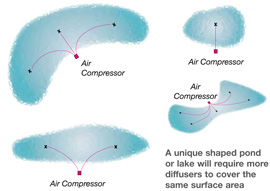
Selecting EasyPro Diffused Aeration Systems
From individual components to Sentinel Deluxe aeration systems, we have a wide range of aeration solutions. Basic aeration kits include a compressor, tubing and diffusers. These systems require that the compressor be housed in barns, garages or other structures. Sentinel Deluxe systems provide all the components of the basic kits and include mounting the compressor, outlet assembly, fan and electrical components in a lockable weather proof cabinet.
Custom tubing lengths or choosing a preferred diffuser type can be done by starting with a base kit and making appropriate adjustments. Because ponds come in all sizes and shapes, one of our standard kits may not work best for your application.
Need help choosing a system? Let us know the location of your pond, the average depth and the location of power supply and we can help select or design a system for your pond. You can call us at 231-834-7720 or fill out our online form to submit your Aeration System Request.

